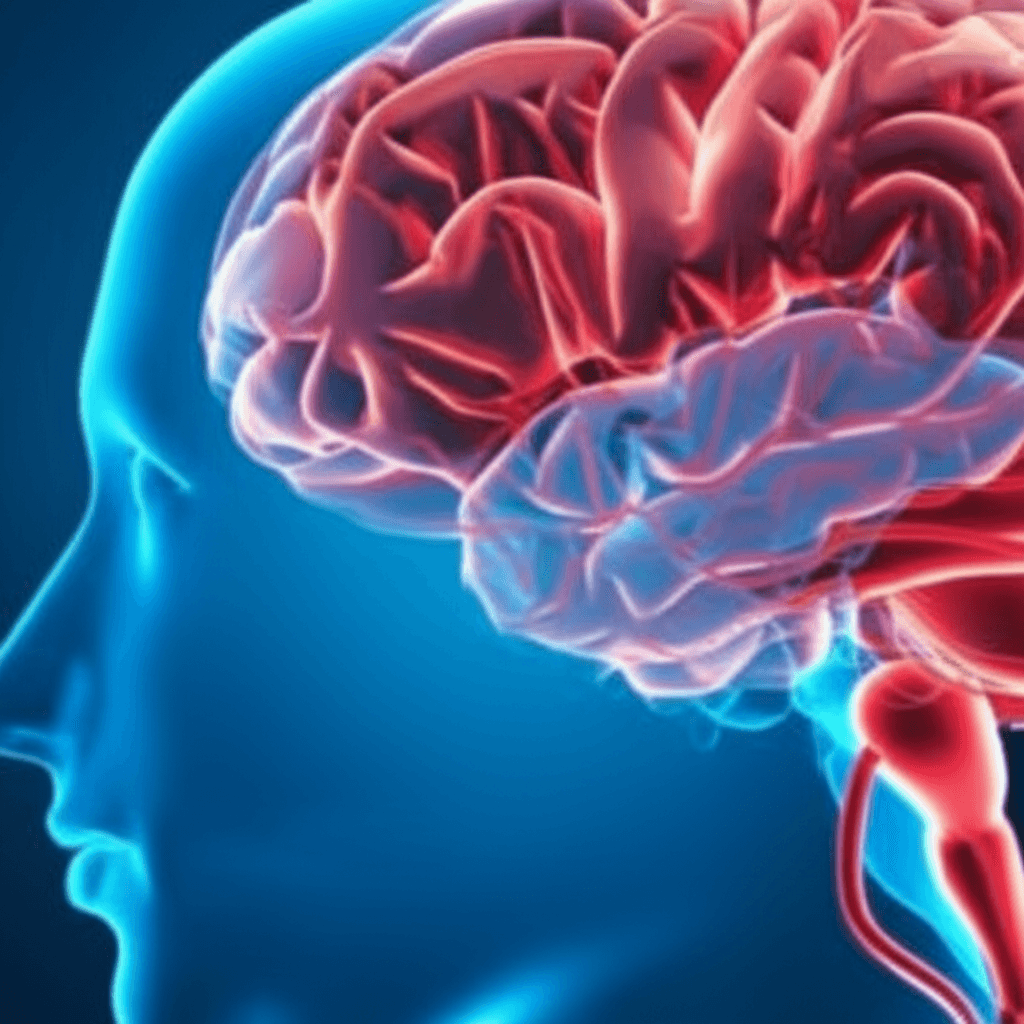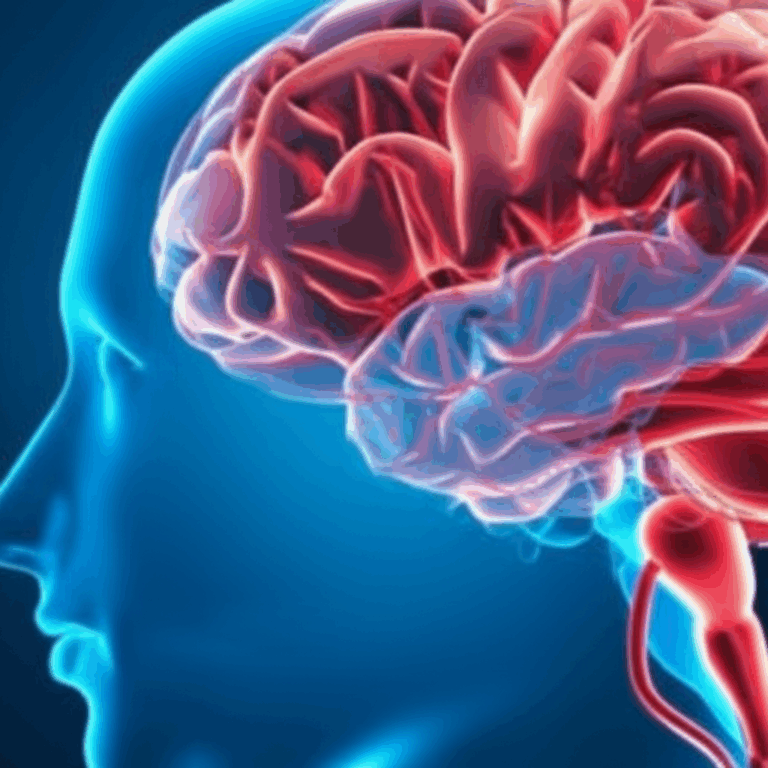In an increasingly demanding academic landscape, students often seek every possible edge to enhance their learning and performance. While traditional methods like diligent study and good nutrition are well-known, the profound impact of physical fitness on cognitive function and academic achievement is a revelation supported by a growing body of scientific evidence. Far from being a distraction, regular exercise is a powerful catalyst for a sharper, more focused, and more resilient mind.
The connection between a healthy body and a healthy mind is not merely anecdotal; it’s rooted in intricate physiological and neurological processes that directly influence memory, concentration, problem-solving, and even mood. Incorporating fitness into a daily routine can lead to tangible improvements in grades, retention of information, and overall academic success.

How Exercise Fuels the Brain: Key Physiological Mechanisms
Physical activity initiates a cascade of biological changes that directly benefit brain health and cognitive function. These mechanisms work in concert to create an optimal environment for learning and memory.
Increased Blood Flow and Oxygenation to the Brain
One of the most immediate and significant effects of exercise is the increase in blood flow to the brain. When you engage in physical activity, your heart pumps more oxygen-rich blood throughout your body, including your brain. This enhanced circulation delivers essential nutrients and oxygen to brain cells, promoting their health, vitality, and optimal functionality. Improved blood flow also helps to clear metabolic waste products, allowing the brain to operate more efficiently.
The Role of Neurotransmitters in Cognitive Enhancement
Exercise stimulates the release of several critical neurotransmitters, which are chemical messengers that play vital roles in mood, motivation, focus, and cognitive functions.
- Dopamine: Often associated with pleasure and reward, dopamine also plays a crucial role in motivation, attention, and executive function. Exercise-induced dopamine release can lead to improved reaction times and a more positive disposition towards learning.
- Serotonin: This neurotransmitter is known for its mood-regulating properties, influencing feelings of well-being and happiness. Adequate serotonin levels can reduce stress and anxiety, creating a better mental state for studying and learning.
- Norepinephrine (Noradrenaline): Norepinephrine helps regulate attention, arousal, and vigilance. Increased levels during exercise can enhance focus and concentration, making it easier for students to stay engaged in tasks and handle distractions.
Brain-Derived Neurotrophic Factor (BDNF) and Neuroplasticity
Perhaps one of the most powerful connections between exercise and brain health lies in the production of Brain-Derived Neurotrophic Factor (BDNF). BDNF is a protein often referred to as “Miracle-Gro for the brain” because it supports the growth of new nerve cells (neurogenesis), promotes the survival of existing neurons, and strengthens neural connections (synaptogenesis).
- Neurogenesis: Exercise, especially aerobic activity, increases neurogenesis in the hippocampus, a brain region critical for learning and memory. This means the brain is actively forming new cells, enhancing its capacity for processing and retaining information.
- Synaptic Plasticity: BDNF is essential for synaptic plasticity, which is the brain’s ability to form new neural connections and strengthen existing ones. This adaptability is fundamental to learning, allowing the brain to reorganize itself in response to new experiences.
- Memory Consolidation: Higher levels of BDNF contribute to retaining information and forming new, long-term memories. This is invaluable for students who need to synthesize and recall large quantities of information.

Specific Academic Benefits of Physical Activity
Beyond the fundamental brain boosts, studies have directly linked fitness to various aspects of academic performance.
Improved Concentration and Attention Span
Students who are physically active tend to have better concentration and attention spans. Physical activity helps children stay focused during class and while doing homework. Even short bursts of exercise can prime the areas of the brain responsible for executive function, leading to immediate improvements in focus.
Enhanced Memory and Information Retention
Regular exercise improves memory consolidation, the process by which short-term memories are transformed into long-term ones. Studies have shown that aerobic exercise can lead to significant increases in the size of the hippocampus, directly impacting verbal memory and recall. Students who exercise regularly may find it easier to recall facts, understand complex concepts, and retain learned material for longer periods.
Better Problem-Solving and Cognitive Flexibility
Physical activity enhances cognitive flexibility, allowing individuals to switch between different concepts or tasks and think more creatively. This improved ability to dissect complex issues and find innovative solutions is particularly beneficial for advanced academic pursuits.
Stress Reduction and Improved Mood
Academic life can be highly stressful, and chronic stress can negatively impact cognitive function. Exercise is a powerful stress reducer, stimulating the release of endorphins that contribute to feelings of well-being and act on opiate receptors in the brain to create a “runner’s high.” By lowering stress and alleviating mental health issues, physical activity indirectly supports learning and academic performance.
Improved Classroom Behavior and Attendance
According to the Centers for Disease Control (CDC), students who are physically active tend to have better grades, school attendance, cognitive performance, and classroom behaviors, such as being more on-task. A review by WHO/Europe found that increasing physical activity could positively impact children’s health, well-being, and classroom performance.

Types of Fitness and Their Impact on Learning
Different types of physical activity offer distinct, yet often complementary, benefits for cognitive function.
Aerobic Exercise
Aerobic activities like running, swimming, cycling, and brisk walking are particularly effective at increasing blood flow to the brain, supporting memory and concentration. Aerobic fitness has been shown to be a strong predictor of academic performance, particularly in subjects like mathematics and reading. Studies indicate that regular aerobic exercise can increase hippocampal volume, a crucial area for verbal memory.
Resistance Training and Strength Building
While aerobic exercise often takes the spotlight, resistance training also offers significant cognitive benefits. It can increase BDNF levels, with some research suggesting it has a more significant effect than other exercise types on BDNF levels in healthy individuals. Resistance training can improve coordination and memorization tasks.
High-Intensity Interval Training (HIIT)
Some studies suggest that high-intensity exercise may lead to greater acute increases in BDNF levels compared to moderate-intensity training. HIIT can also accelerate physiological changes in a shorter period and provide more lactic acid to the brain, assisting in the release of noradrenaline, a hormone vital for brain function. However, long-term effects of high-intensity protocols on brain health warrant further investigation.

Integrating Fitness into Academic Life
Given the compelling evidence, incorporating regular physical activity into a student’s routine is not just about physical health, but a strategic move for academic success.
Regularity and Consistency are Key
The benefits of exercise on academic performance are most pronounced with regular and consistent engagement. While single bouts of physical activity can offer immediate benefits like improved attention and working memory, long-term participation leads to sustained cognitive enhancements. The World Health Organization (WHO) recommends an average of 60 minutes per day of moderate-to-vigorous physical activity for children and adolescents.
Optimal Duration and Intensity
Research suggests that physical activity levels of 90 minutes or more per week are associated with improved academic performance. The optimal duration per session appears to be 30–60 minutes, with moderate to vigorous intensity showing the most significant improvements in academic outcomes. However, even short, moderate-intensity breaks of 10-20 minutes can be beneficial, helping to re-energize and refocus the mind without causing exhaustion.
Varied Activities for Holistic Benefits
Encouraging participation in a variety of activities, including sports, physically active lessons, and family activities, can provide broad cognitive and physical benefits. Engaging in activities that students enjoy increases the likelihood of sustained participation and the development of healthy lifestyle habits.
Conclusion
The scientific evidence overwhelmingly supports a strong, positive link between physical fitness and academic performance. Exercise is not merely an extracurricular activity but a fundamental component of holistic development that directly enhances cognitive function, memory, attention, and mood. By understanding the intricate mechanisms through which physical activity stimulates brain health—from increasing blood flow and neurotransmitter release to boosting BDNF and neuroplasticity—students, educators, and parents can make informed decisions to prioritize fitness. Integrating regular, moderate-to-vigorous physical activity into daily routines can be a powerful, non-pharmacological strategy to unlock greater academic potential, foster sharper minds, and build a foundation for lifelong learning and well-being.







